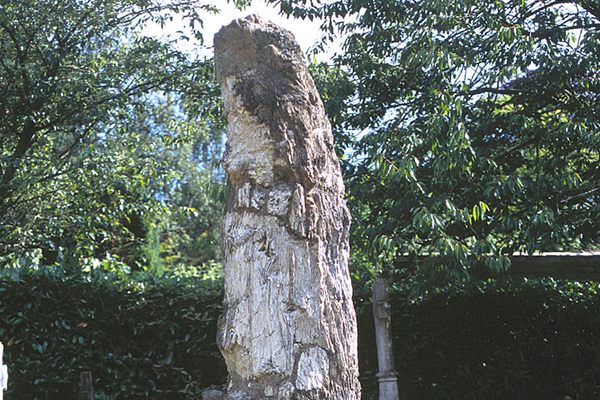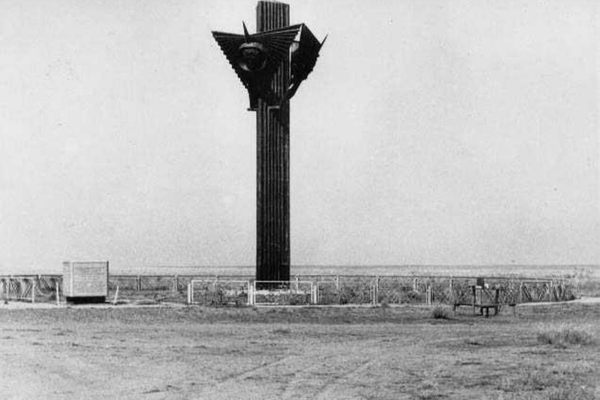Gjoa Monument
Standing in for the first ship to navigate the Northwest Passage.
In the fall of 1906, as San Francisco recovered from its tragic April earthquake, a small fishing ship and seven haggard but triumphant Norwegians arrived through the Golden Gate having completed one of history’s greatest challenges: surviving a trip through the Northwest Passage.
The quest for the Northwest Passage over North America had consumed the imaginations and careers of explorers for generations. The elusive sea route from Europe to Russia had been vigorously sought since at least the time of the Vikings, but pack ice, freezing weather, and rough seas made the route all but impassable. Among others, Henry Hudson died looking for it, James Cook turned back at the Bering Straight in 1778, and it took the lives of the entire Franklin expedition in 1845. By 1903, when Amundsen set off from Norway, it was generally considered to be a fool’s errand - albeit a potentially lucrative one, should a trade route be found.
Roald Admundsen was no fool. Famous for his no-nonsense approach to the harshest conditions, and favoring careful preparation over intrepid daring-do, he once said, “Adventure is just bad planning.” This was to be his second of many polar expeditions, and it was planned with precision.
The ship, on the other hand, was an unlikely adventurer. The 69-foot Gjoa started its life as a herring boat in Tromso, Norway, and Amundsen chose the Gjoa because she was small and light, to rise above the sea ice, and also because she was cheap, and he was a man with a budget. After two years of retrofitting, the expedition took the small crew up and over Canada, east to west, finally arriving two years later near Herschel Island, in arctic Canada. To get word back to the outside world of his success, Amundsen left his men behind in the icebound ship and skied some 500 miles into Eagle, Alaska, where he telegraphed the good news home.
Amundsen and his crew were greeted as heroes when they arrived San Francisco in October 1906, where the ship was donated to the city.
Amundsen went on to conquer the South Pole in 1911’s epic race against Robert Falcon Scott. He disappeared in June 1928 while flying a rescue mission for a fellow polar explorer, ending a lifetime of adventure in mystery. His body was never found.
The monument, or “bauta,” was built in 1930 by the city’s Norwegian community to honor Amundsen’s legacy. The ship remained where she was dragged up from the beach in 1909, slowly rotting away for 60 years.
Finally, in 1972, the Gjoa was returned to her home in Norway, restored, and is now located at the Oslo Maritime Museum, conveniently situated right next door the the Fram Museum, home to one polar exploration’s more famous ship, the Fram. A model of the Gjoa is also located at the Polar Museum in Tromso, Norway, where it keeps company with a taxidermied sled dog from the expedition.
Know Before You Go
The monument in located in the parking lot of the Beach Chalet, near the western entrance to Golden Gate Park.


















Follow us on Twitter to get the latest on the world's hidden wonders.
Like us on Facebook to get the latest on the world's hidden wonders.
Follow us on Twitter Like us on Facebook